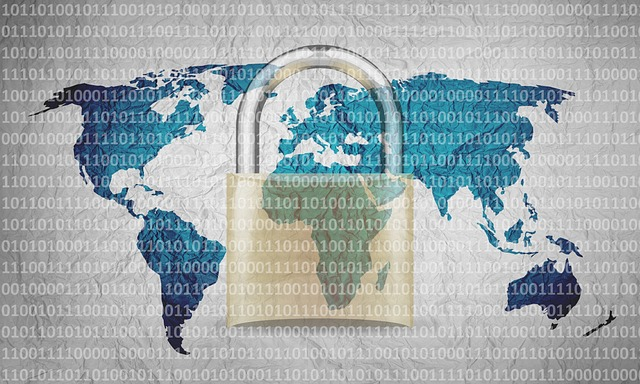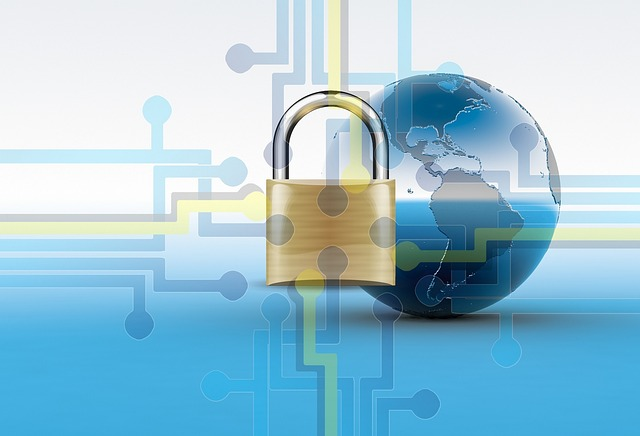Cybersecurity in today's digital world is not a technical issue—it's a matter of keeping a business secure, credible, and on course to be successful. High-profile data breaches, complex ransomware attacks, and stricter regulations are causing companies to look hard at how they protect their data.
But firewalls and anti-virus programs aren't enough to keep you safe.
Proper security comes from following sound cybersecurity best practices. These best practices keep organizations current on threats, protect data adequately, and hold people accountable.
For every company that wants to thrive in today's world, adhering to the laws and regulations of cybersecurity is not doing the bare minimum—it’s making a smart investment in the future.
Understanding Cybersecurity Compliance
Cybersecurity compliance involves following particular security regulations, laws, and industry standards that will guarantee the availability, integrity, and confidentiality of data. It involves the implementation of an entire array of practices ranging from risk analysis and security audits to access controls, cryptography protocols, and incident response plans.
Compliance is protection from cyber attacks as well as proof of vigilance for clients, partners, and stakeholders.
Here are some of the leading cybersecurity standards you should be familiar with and how you can master their compliance:
1. NIST 800-171
NIST 800-171 is a standard framework that defines specific requirements for the safeguarding of controlled unclassified information (CUI) within non-federal systems.
It is thus utilized by those businesses that handle Controlled Unclassified Information (CUI) on behalf of the U.S. federal government.
Therefore, for compliance, companies should initiate with an extensive gap analysis of their 110 security requirements, develop a System Security Plan (SSP), as well as write out a Plan of Action and Milestones (POA&M) for closing the deficiencies.
Routine self-assessments, together with updates in documentation, are necessary too.
2. ISO 27001
ISO 27001 is an internationally used standard for the implementation and management of an Information Security Management System (ISMS). It requires companies to employ a formal approach for securing sensitive data through an overall system of risk management.
Compliance mastery is based on conducting an elaborate risk analysis, defining and putting in place appropriate security controls, and recording it in an official ISMS. Certification means undergoing an independent verification conducted by an accredited institution.
In addition to that, compliance with ISO 27001 is not simply maintained for the initial certification duration. Still, it involves continual monitoring, internal audits, as well as ongoing improvement according to changed threats and business developments.
Leadership backing, clearly established roles and responsibilities, and regular staff training are required to embed information security in company culture for long-term effectiveness and sustainability.

3. NIST Cybersecurity Framework (NIST CSF)
Although optional, this structure is utilized widely due to its functional, risk-oriented approach to security. It includes five simple functions:
Identify
Protect
Detect
Respond
Recover
Mastering it means aligning your state of cyber security with these functions, conducting risk assessments, and ensuring controls and policy management are aligned as a response. Routine reviews and stakeholder consultation are at the center of staying in line with the framework.
4. PCI DSS
PCI DSS (Payment Card Industry Data Security Standard) is a required standard for any business processing, storing, or transmitting credit/debit card data. It outlines technical and operational requirements for the secure protection of cardholder data and the reduction of payment fraud risk.
Compliance is established by implementing secure access controls based on business needs and frequent vulnerability scans to discover and fix security defects.
In addition, validation requires either a Self-Assessment Questionnaire (SAQ) or a Qualified Security Assessor (QSA) audit.
5. HIPAA (Health Insurance Portability and Accountability Act)
For American healthcare providers, HIPAA compliance involves safeguarding patients' health information through administrative, physical, and technical safeguards.
Being a HIPAA expert involves conducting a security risk analysis, implementing privacy and breach notice policies, employee training, access controls, and electronic health record encryption.
6. General Data Protection Regulation (GDPR)
The General Data Protection Regulation (GDPR) is a broad data protection law governing how organizations acquire, treat, and secure the personal data of natural persons within the European Union.
It requires companies to be open about how the data is collected and utilized, obtain explicit and informed consent, and respond promptly in cases of data subject access and requests for deletions.
One of the major requirements for achieving GDPR compliance is having a Data Protection Officer for companies processing large amounts of sensitive data or those conducting systematic monitoring.

7. CIS Controls (Center for Internet Security)
These are the prioritized list of recommended best practices for cybersecurity. While voluntary, they are an excellent guide for any size organization. CIS Controls mastery is based on adhering to its implementation groups (IG1–IG3).
Ideally, it begins with basic hygiene, such as inventorying assets and having strong authentication in place, and moves on to monitoring, incident response, and penetration testing.
By meeting these world-class security standards, organizations not only reduce the risk of breaches and fines but are also enabled as reliable partners for clients, partners, and regulators alike.

Conclusion
Adherence to cybersecurity is quickly becoming necessary for businesses to be successful and effective in today's digital age. Since threats are no longer in one place and regulations are no longer discrete, businesses are now compelled to rise above mediocre defenses and function within an overall compliance framework.
By adopting world-class standards in cyber security, such as ISO 27001 and NIST, organizations can mitigate risk, boost their level of confidence, and open up new growth opportunities for business.